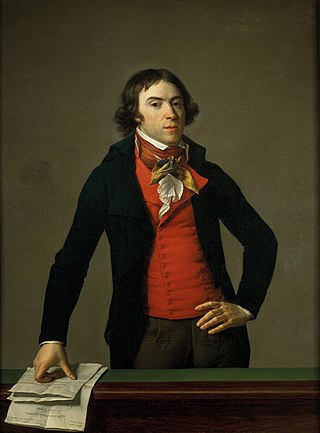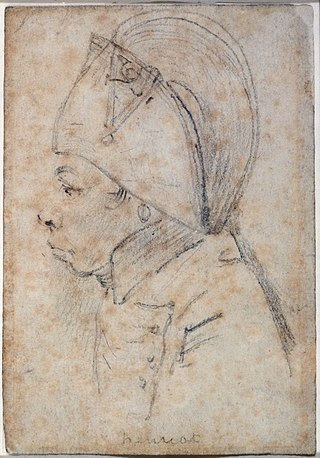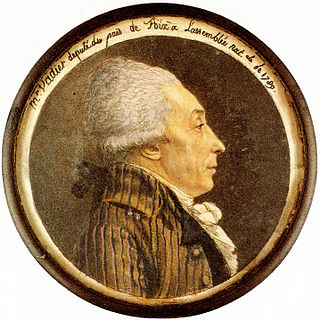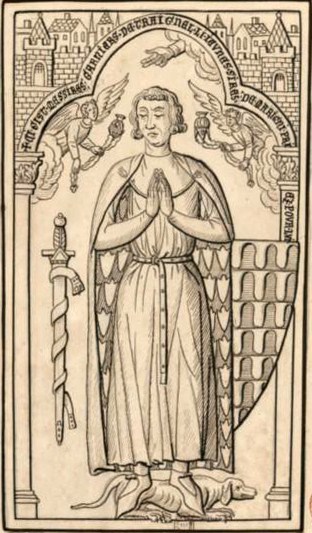
The Reign of Terror was a period of the French Revolution when, following the creation of the First Republic, a series of massacres and numerous public executions took place in response to revolutionary fervour, anticlerical sentiment, and accusations of treason by the Committee of Public Safety. While terror was never formally instituted as a legal policy by the Convention, it was more often employed as a concept.

Bertrand Barère de Vieuzac was a French politician, freemason, journalist, and one of the most prominent members of the National Convention, representing the Plain during the French Revolution. The Plain was dominated by the radical Montagnards and Barère as one of their leaders supported the foundation of the Committee of Public Safety in April and of a sans-culottes army in September 1793. According to Francois Buzot, Barère was responsible for the Reign of Terror, like Robespierre and Louis de Saint-Just. In spring 1794 and after the Festival of the Supreme Being, he became an opponent of Maximilien Robespierre and joined the coup, leading to his downfall.

Georges Jacques Danton was a leading figure in the French Revolution. A modest and unknown lawyer on the eve of the Revolution, Danton became a famous orator of the Cordeliers Club and was raised to governmental responsibilities as the French Minister of Justice following the fall of the monarchy on the tenth of August 1792, and was allegedly responsible for inciting the September Massacres. He was tasked by the National Convention to intervene in the military conquest of Belgium led by French General Dumouriez. And in the Spring of 1793, he supported the foundation of a Revolutionary Tribunal and became the first president of the Committee of Public Safety.

The Committee of Public Safety was a committee of the National Convention which formed the provisional government and war cabinet during the Reign of Terror, a violent phase of the French Revolution. Supplementing the Committee of General Defence, created early January 1793, the Committee of Public Safety was created on 6 April 1793 by the National Convention. It was charged with protecting the new republic against its foreign and domestic enemies, fighting the First Coalition and the Vendée revolt. As a wartime measure, the committee was given broad supervisory and administrative powers over the armed forces, judiciary and legislature, as well as the executive bodies and ministers of the convention.

The Society of the Friends of the Constitution, renamed the Society of the Jacobins, Friends of Freedom and Equality after 1792 and commonly known as the Jacobin Club or simply the Jacobins, was the most influential political club during the French Revolution of 1789. The period of its political ascendancy includes the Reign of Terror, during which well over 10,000 people were put on trial and executed in France, many for political crimes.

Antoine Quentin Fouquier de Tinville, also called Fouquier-Tinville and nicknamed posthumously the Provider of the Guillotine was a French lawyer and accusateur public of the Revolutionary Tribunal during the French Revolution and Reign of Terror.

The Mountain was a political group during the French Revolution. Its members, called the Montagnards, sat on the highest benches in the National Convention. The term, first used during a session of the Legislative Assembly, came into general use in 1793. By the summer of 1793, that pair of opposed minority groups divided the National Convention. That year, the Montagnards were influential in what is commonly known as the Reign of Terror.

The sans-culottes were the common people of the lower classes in late 18th-century France, a great many of whom became radical and militant partisans of the French Revolution in response to their poor quality of life under the Ancien Régime. The word sans-culotte, which is opposed to "aristocrat", seems to have been used for the first time on 28 February 1791 by Jean-Bernard Gauthier de Murnan in a derogatory sense, speaking about a "sans-culottes army". The word came into vogue during the demonstration of 20 June 1792.

François Hanriot was a French Sans-culotte leader, street orator, and commander of the National Guard during the French Revolution. He played a vital role in the Insurrection of 31 May – 2 June 1793 and subsequently the fall of the Girondins. On 27 July 1794 he tried to release Maximilien Robespierre, who was arrested by the Convention. He was executed on the next day – together with Robespierre, Saint-Just and Couthon – by the rules of the law of 22 Prairial, only verifying his identity at the trial.

Marc-Guillaume Alexis Vadier was a major French politician of the French Revolution. He is sometimes called the "Great Inquisitor", for his active participation in the Reign of Terror.

Jean-Henri Voulland was a politician of the French Revolution. Originating from a Protestant family, he originally studied law. One of his offices was as deputy for Gard in the National Convention, to which role he was elected on 5 September 1792. In September 1793 he was elected as a member of the Committee of General Security. He became part of the opposition to Robespierre and the Committee of Public Safety and played an important role in the overthrow of Robespierre on 9 Thermidor .

Maximilien François Marie Isidore de Robespierre was a French lawyer and statesman, widely recognized as one of the most influential and controversial figures of the French Revolution. Robespierre fervently campaigned for the voting rights of all men and their unimpeded admission to the National Guard. Additionally he advocated for the right to petition, the right to bear arms in self-defence, and the abolition of the Atlantic slave trade.

Martial Joseph Armand Herman (guillotined), was a lawyer and a chief judge during the Reign of Terror. His most famous cases were against Marie Antoinette and Georges Danton. As the commissioner of police, he dealt with the Luxembourg prison conspiracies, shortly before the Jacobin regime fell.
Events from the year 1791 in France.
Jacques Garnier, also called Garnier de Saintes, was born in Saintes on 30 March 1755, and drowned in the Ohio River in 1817 or 1818 was a French politician, a lawyer and a revolutionary.

The Coup d'état of 9 Thermidor or the Fall of Maximilien Robespierre is the series of events beginning with Maximilien Robespierre's address to the National Convention on 8 Thermidor Year II, his arrest the next day, and his execution on 10 Thermidor. In the speech of 8 Thermidor, Robespierre spoke of the existence of internal enemies, conspirators, and calumniators, within the Convention and the governing Committees. He refused to name them, which alarmed the deputies who feared Robespierre was preparing another purge of the Convention, similar to previous ones during the Reign of Terror.

Garnier de Traînel was the bishop of Troyes from 1193 until his death. He took part in the Fourth Crusade (1202–1204) and in the founding of the Latin Empire.
Laurent Lecointre was a French politician, born at Versailles on 1 February 1742, and died at Guignes, Seine-et-Marne on 4 August 1805. He is also known under the name of "Lecointre de Versailles".

Edme-Bonaventure Courtois was a deputy of the National Convention. He found the will of Marie-Antoinette in the collection of papers of Robespierre hidden under his bed.















